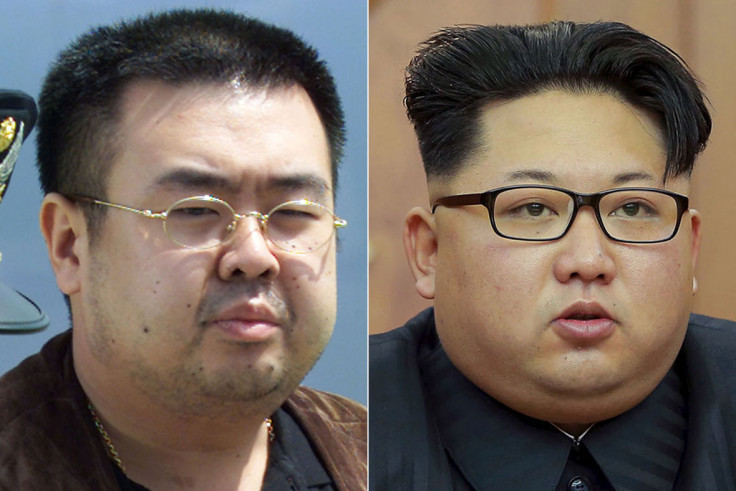Kim Jong-nam killed by highly toxic VX nerve agent say Malaysian police
Initial analysis finds a type of chemical weapon used in murder of North Korean leader's half brother.
Malaysian police have confirmed that a chemical substance, a VX nerve agent was used in the killing of Kim Jong-nam, the estranged half brother of North Korean Supreme Leader Kim Jong-un.
The highly toxic substance - known as ethyl N-2-Diisopropylaminoethyl Methylphosphonothiolate -is classified by the United Nations as a weapons of mass destruction under the Chemical Weapons Convention Act 2005 and Chemical Weapons Convention (CWC) 1997.
Police chief, Inspector-General of Police Khalid Abu Bakar said that the findings were submitted to the police by the Chemistry Department's Centre for Chemical Weapons Analysis, which is also analysing other exihibits.
He did not give further details.
Jong-nam was killed at the low cost terminal airport, Kuala Lumpur International Airport 2 on 13 February, allegedly by two women. Police have already arrested four people — a Vietnamese woman, an Indonesian woman, her boyfriend and a North Korean.
Meanwhile local media reports claim that the statement issued by the police chief "suggests that North Korea was already aware of what toxin was used in the deadly attack," referring to statements issued by Pyongyang disputing that the two women had used a poison on Jong-nam.
MEDIA STATEMENT: DEATH OF KOREAN NATIONAL: PRELIMINARY ANALYSIS REPORT FROM THE CHEMISTRY DEPARTMENT OF MALAYSIATHE...
Posted by Khalid Abu Bakar on Thursday, February 23, 2017
North Korea had questioned the Malaysian police's claims that Jong-nam was poisoned, asking how the two alleged female suspects could still be alive if they had handled the poison with their bare hands, Malay Mail reports.
Chemical a powerful neuro-toxin
The chemical is a powerful neuro-toxin that is defined, and used, exclusively as a weapon of mass destruction, The Malay Mail reports. The substance has no taste or smell, making it difficult to detect save for its slightly reddish hue.
It is fatal at doses as low as 30-50 mg-min/m3 [milligram-minute per cubic meter] if introduced via inhalation. The newspaper noted that the substance can also be fatal at a dose of 10mg through prolonged skin contact but the chemical can be safely washed off using water or household bleach.

Symptoms of poisoning via the nerve agent includes shortness of breath and tightness in the chest, which are similar and often confused for cardiac arrest.
The newspaper said that there are restrictions on the production and storage of the chemical due to its classification as a weapon of mass destruction. The production and stockpiling of VX exceeding 100 grammes per year per signatory was outlawed by the Chemical Weapons Convention of 1993 .
The chemical is therefore only available to highly-militarised states, it added. The only exception for its use is for research, medical or pharmaceutical purpose The Star reports.
UK developed the compound of the V-series of nerve agents
The Council on Foreign Relations describes the VX as the "deadliest nerve agent" ever created. The 'V' stands for venom.
CFR, which describes itself as an independent, nonpartisan membership organisation, think tank and publisher, described the chemical as a clear, colourless liquid with the consistency of motor oil.
It added that "a fraction of a drop of VX, absorbed through the skin, can fatally disrupt the nervous system. Because VX acts quickly, victims have to be injected with an antidote almost immediately to survive.
"VX is the only significant nerve agent created since World War II," the Council said.
The council noted that a British industrial scientist first developed the basic compound of the V-series of nerve agents in the early 1950s while researching pesticides. The developed compound was found to be too deadly for commercial use.
In the late 1950s, the UK government shared the formula with the US, which in turn started full-scale production of the VX in 1961.
© Copyright IBTimes 2025. All rights reserved.






















